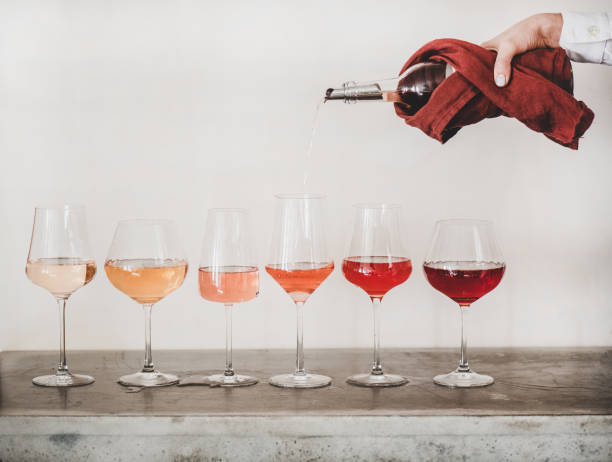A study suggests that the grapes used in popular French, Italian, and Spanish wines are not from Europe but rather from Georgia, an Asian country located on the western coast of Asia.
Italian scientists have analyzed the genomes of 204 common grapevines found in Georgia. They concluded that there was only one ‘domestication’ event in Western Asia.
The Times reports that experts have found that grapes such as Sauvignon Blanc and Merlot were born during this event, followed by a widespread interbreeding of grapes from Georgia, Europe, and other countries.
These findings are different from those of other theories that suggest the European wines were made from grape species found on the continent, without any interbreeding between grapes from Western Europe.
Archaeologists have found wine residues in ancient clay vessels, which prove that Georgia has been producing wine for more than 8,000 years.
The newspaper reports that the research published in Nature Communications also “identified the genetic fingerprints for domestication, breeding selection and the grapes used today for winemaking.”
The study by Italian scientists Michele Morgante and Gabriele Di Gaspero, along with their colleagues, noted that ‘the authors observed similar levels in genetic diversity between wild grapes and the varieties used in today’s winemaking.
Share and Promote Go-Wine
Go-Wine is committed to organizing food and beverage knowledge and making it accessible and useful for everyone. Here are some benefits to sharing your Article on Go-Wine.com
- You can get free traffic to your website.
- Your Article will be Indexed Quicker.
- Your Google Rankings will rise. Google Rises Articles that have Positive Participation and Contribution.
- Your Article will reach new customers and audiences. Go-Wine is a select audience with visitors from more than 120 countries.
- You will always be given credit (Author Website and Hyperlink).
- You will always be able to access the latest version of your Article.




